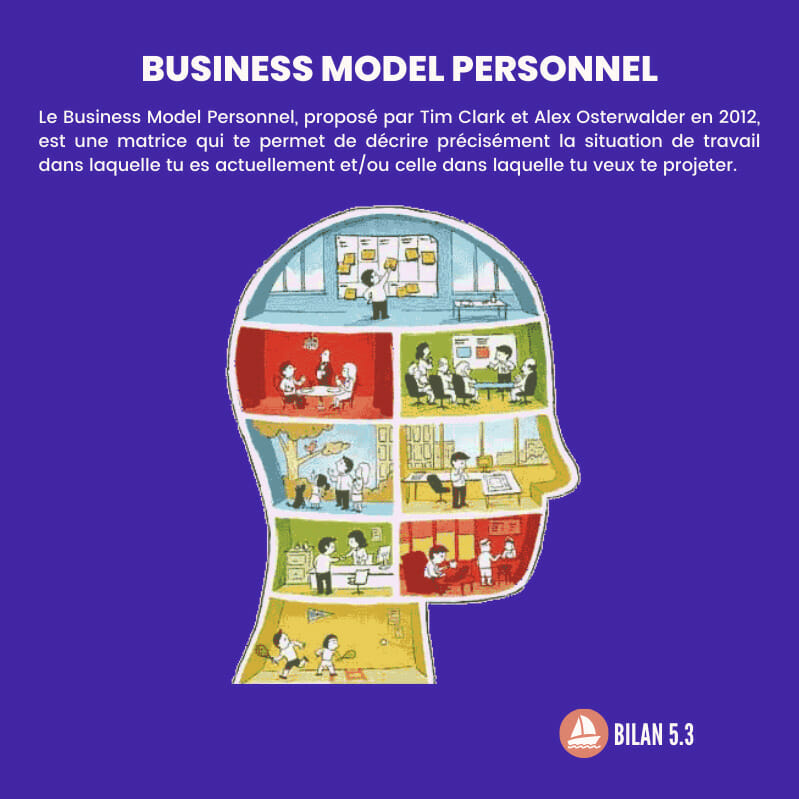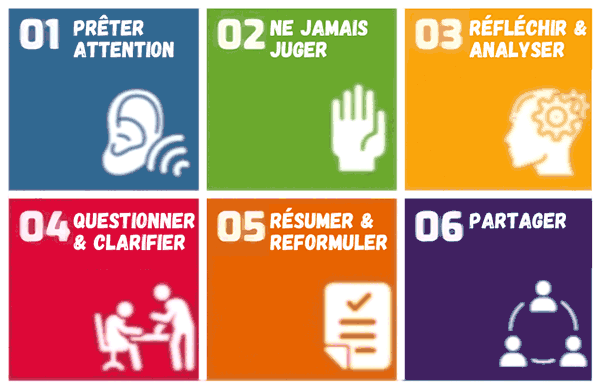“What the specialists understood is that, even when an asthmatic is well, his bronchi are inflamed”, explains Professor Bruno Crestani, pulmonologist at the Bichat hospital in Paris. A notion that has profoundly changed the way they treat this disease. Rather than dilating the bronchi when discomfort occurs, it is better to try to avoid it by controlling the inflammation. As soon as an asthmatic has several attacks per month, doctors therefore prescribe corticosteroid treatment with recognized anti-inflammatory properties. They can be taken daily thanks to inhaled forms which are much better tolerated than tablets. If that’s not enough, they add a long-acting bronchodilator. All in the smallest possible doses, because it will often take years of treatment.
Adapt the basic treatment
Even so, nearly half of asthmatics have to deal with seizures. Patients who know each other well know that the return of shortness of breath often announces the onset of a crisis. They then adapt their treatment, by taking puffs from a bronchodilator, the best known representative of which is Ventoline®. But, if it opens the bronchi in two or three minutes, this drug does not work on the inflammation.
Another solution consists in increasing the doses of the basic treatment when this one is based on corticosteroids and formoterol (a bronchodilator which acts quickly and for a long time). Thus, a single drug is enough … You can also take a short course of corticosteroids by tablets or, in certain cases of persistent allergic asthma, benefit from a new drug based on anti-IgE (immunoglobulins).
Finally, asthma control is better when we fight against triggering factors, allergens, infections, stress … A management that requires good cooperation between the doctor and the asthmatic child.

















